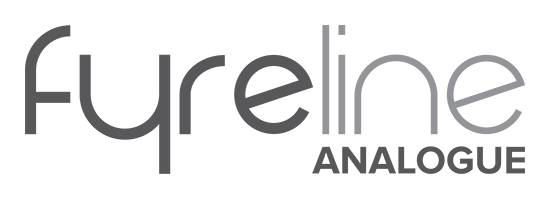Heritage or historical sites are official locations where significant examples of military, political, cultural or social history have been conserved. They often contain valuable pieces of history and, in some cases, priceless artifacts. There are many types of heritage properties open to the public today which can range from museums and libraries to stately homes and can sometimes see hundreds of visitors pass through them each day.
At the time buildings like these were constructed, materials that we use today weren’t available, and so, heritage buildings were often built using a considerable amount of wood – whether they were entirely wooden structures, built with wooden frames or they contained wooden beams or roofs. This construction method presents a high risk of fire and therefore, with their historical significance, their valuable contents and the amount of people passing through them, a reliable fire detection system is imperative.
What are the risks?
Unlike modern buildings, historical buildings were not built with fire safety in mind. When most of these buildings were developed our knowledge of fire was limited and they were built to different guidelines and safety standards, if any at all.
These properties were also used for different purposes. In many cases they didn’t contain modern machinery, electrical lighting or heating or ventilation systems and they didn’t receive the countless visitors that they do today.
Their predominantly wooden structures and use of other flammable materials means that fire can catch quickly and spread rapidly causing the entire structure to collapse.
They often have limited escape routes and narrow approaches and doorways restricting access for fire crews and other emergency services.
What are the challenges?
There are several challenges which arise when it comes to protecting heritage buildings or other wooden structure properties from the dangers of fire which include:
- Rapid spread of fire:
Flammable materials such as wood and thatching can ignite quickly and cause fire to spread rapidly. This means that fire detection must be able to detect excess heat in a timely manner. - Unmanned ares:
Quite often a number of areas within heritage properties are not open to the public. As well as this, they remain unoccupied overnight. This means that any fire detection installed must be extremely reliable and provide a suitable warning in time for any potential fires to be dealt with swiftly. - Confined spaces:
Confined spaces and roof voids make traditional style detection impractical and largely ineffective.
What is the solution?
FyreLine Linear Heat Detection can provide the perfect solution for protecting a cultural property or wooden structure from fire. FyreLine Linear Heat detection cable is available in two types – digital (fixed heat) or analogue.
FyreLine Digital Heat Sensing Cable is available with fixed temperature ratings of 68°C, 88°C and 105°C and sends a signal to the fire alarm panel once it reaches its rated temperature.
FyreLine Analogue Heat Sensing Cable is capable of detecting temperatures anywhere between 54°C and 105° and can give a two-stage warning of fire – providing both pre-alarm and alarm conditions, thus allowing potential fires to be investigated before they become out of hand.
Both options can provide the exact location of a fire or potential fire and are available with different coatings for different types of application.
FyreLine Heat Linear Heat Detection is fully approved for safe use in living and working environments by American approval body UL.
Typical Installation
In properties such as these FyreLine heat sensing cable should be installed in roof spaces and other voids where traditional style detection is impractical or unsuitable and should be spaced to conform with EN54 or UL regulations.
It is also recommended that FyreLine Heat Sensing Cable should be used externally around the roof line to help protect the building from arson attempts from the outside. In this instance a nylon coating should be used to protect the cable from ultra-violet (UV) rays.
For more information about the FyreLine Linear Heat Detection System, or to discuss any of the other products that Eurofyre have to offer, please feel free to get in touch either by phone on +44 (0) 1329 835 024, by email to [email protected] or via the online enquiry form situated on our contact page.
Don’t forget you can follow us on LinkedIn, Twitter, Facebook and Google+ or sign up to our newsletter (in the footer below) to receive all the latest information from Eurofyre.

